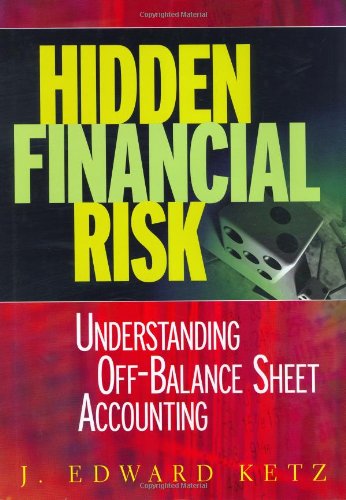

Most ebook files are in PDF format, so you can easily read them using various software such as Foxit Reader or directly on the Google Chrome browser.
Some ebook files are released by publishers in other formats such as .awz, .mobi, .epub, .fb2, etc. You may need to install specific software to read these formats on mobile/PC, such as Calibre.
Please read the tutorial at this link. https://ebooknice.com/page/post?id=faq
We offer FREE conversion to the popular formats you request; however, this may take some time. Therefore, right after payment, please email us, and we will try to provide the service as quickly as possible.
For some exceptional file formats or broken links (if any), please refrain from opening any disputes. Instead, email us first, and we will try to assist within a maximum of 6 hours.
EbookNice Team

Status:
Available5.0
38 reviews"This is a book that well represents the skeptical, probing, and doubting spirit of the time. Professor Ketz explores the ways corporate management and auditors can ‘spin’ financial reporting to misinform investors. It is written so that the individual investor can grasp the ideas but will be useful for investment analysts and audit committee members who need a lively briefing in how to spot questionable accounting." –– John H. Biggs Former chairman and Chief Executive Officer TIAA - CREF
"Ed Ketz brilliantly illustrates how the improper application of accounting rules misleads users of financial statements. This book is an indispensable resource and greatly enhances one’s understanding of the many obscure footnotes found in today’s financial statements." –– Albert Meyer 2nd Opinion Research, Plano, TX
It is now painfully clear that "earnings management" has managed little, other than some short-term gain for a handful of managers and a long-term catastrophic erosion of the public faith in financial reporting. But it is not too late for the accounting industry to turn back from the brink. Edward Ketz lays out several specific problems in the financial reporting arena, describes how the system failed to correct any of these problems, and suggests a compelling course of action for improvement in Hidden Financial Risk: Understanding Off-Balance Sheet Accounting.
Chapter by chapter, Ketz explains how firms hide debt using:
and then illustrates the failures of directors, auditors, regulators, and investors to detect and eliminate these tools of deception. He concludes by drawing upon his thirty years’ experience to propose how the industry can learn to identify fraud and ultimately restore investor confidence. Executives, accountants, and individual and institutional investors will find Hidden Financial Risk to be a powerful examination of the present, shifting accounting landscape.